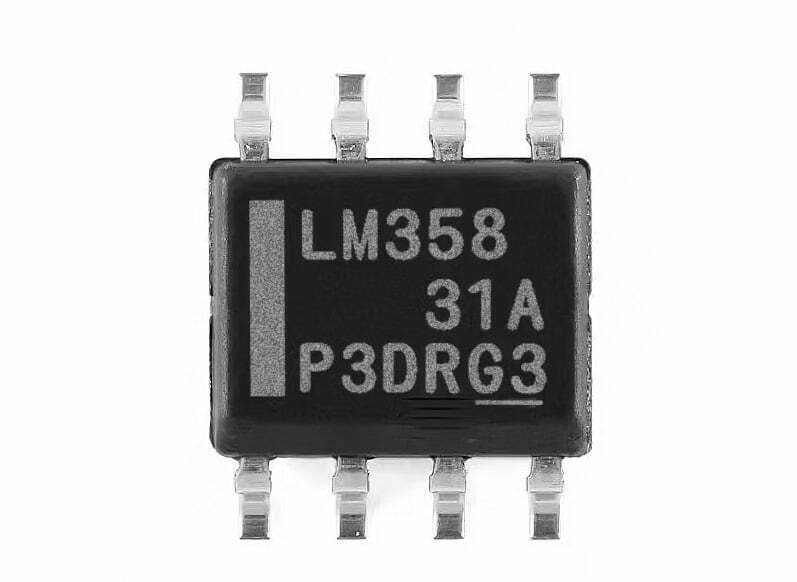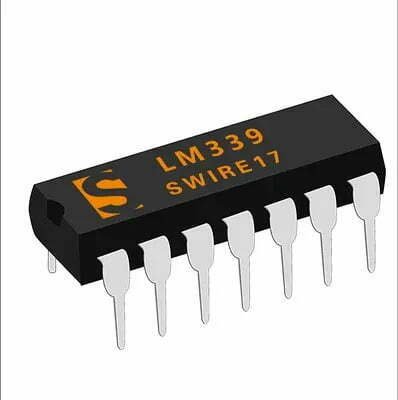In computer science, RISC (Reduced Instruction Set Computing) and CISC (Complex Instruction Set Computing) are two major types of processor architectures. Each has distinct characteristics in terms of instruction set complexity, hardware requirements, and execution efficiency. This article breaks down the essential aspects of RISC and CISC, their advantages, and how they compare.
What is RISC?
RISC is a processor architecture designed around a simplified set of instructions, with each instruction performing a single operation. This design philosophy aims to make the execution of instructions faster and more efficient by keeping the hardware simple.
Key Features of RISC:
- Simplified Instruction Set: RISC uses a small set of simple instructions, with each typically completed within one clock cycle.
- Fixed Instruction Length: Each instruction has a uniform length, making it easier to pipeline operations.
- Large Number of Registers: By using more registers, RISC reduces the need for memory access, which enhances speed.
- Pipelined Execution: RISC processors often employ hardware pipelines, allowing multiple instructions to execute simultaneously.
Advantages of RISC:
- High Execution Speed: Due to the simple instruction set and pipelining, RISC processors achieve higher execution speeds.
- Lower Power Consumption: The streamlined design reduces power usage, making RISC suitable for mobile and embedded devices.
Disadvantages of RISC:
Complex Software Requirements: Simple instructions mean that more are needed to perform complex tasks, often increasing code size and programming complexity.
What is CISC?
CISC architecture focuses on providing a wide variety of complex instructions, where each instruction can perform multiple low-level tasks, such as data loading or mathematical operations.
Key Features of CISC:
- Rich Instruction Set: CISC includes numerous specialized instructions, allowing more complex tasks within fewer commands.
- Direct Memory Access: CISC instructions frequently involve direct memory operations, which can reduce the need for multiple instructions.
- Variable Instruction Lengths: Instructions vary in length, which can increase flexibility but also adds to processing complexity.
Advantages of CISC:
- Compact Code: With powerful instructions, CISC can achieve tasks with fewer instructions, reducing program length.
- Ease of Programming: CISC’s rich instruction set simplifies code, particularly for scientific or complex calculations.
Disadvantages of CISC:
- Complex Hardware: Implementing complex instructions demands more circuitry, increasing hardware complexity and potentially power usage.
- Slower Execution: Complex instructions may take multiple clock cycles to execute, potentially reducing performance.
Comparing RISC and CISC Architectures
Here’s a quick comparison between RISC and CISC to illustrate their differences:
| Feature | RISC | CISC |
|---|---|---|
| Instruction Complexity | Simple, single-operation instructions | Complex, multi-operation instructions |
| Instruction Set Size | Small | Large |
| Execution Speed | Fast, usually one clock cycle per instruction | Slower, multiple cycles per instruction |
| Hardware Complexity | Simple and efficient | Complex with higher power requirements |
| Program Size | Typically larger | Typically smaller |
| Applications | Embedded systems, mobile devices | Desktop and server applications |
An Example of RISC Comparing with CISC
Suppose we have a text string, and we need to search for a specific keyword in it. We’ll illustrate how RISC and CISC would approach this task differently.
CISC Architecture Example
In a CISC architecture, where each instruction can do more complex operations, a single instruction might be capable of performing multiple actions (e.g., loading data, comparing strings, and branching). Here’s how the process might look for searching the keyword "hello" in a text:
- Instruction:
SEARCH "hello", "text string"- This instruction could internally do the following:
- Load the text string from memory into registers.
- Compare the text with the keyword
"hello". - Jump to a location in memory if a match is found or continue searching.
- Perform other related tasks like updating pointers or flags.
- This instruction could internally do the following:
Essentially, one complex instruction might execute all the steps needed to complete the search in a single cycle.
RISC Architecture Example
In a RISC architecture, each instruction is simpler, and thus multiple instructions are required to accomplish the same task. For the keyword search, you might have the following steps:
LOAD R1, 0x1000// Load the starting address of the text into registerR1.LOAD R2, "hello"// Load the keyword"hello"into registerR2.CMP R1, R2// Compare the content atR1(starting character of the text) withR2(the first character of"hello").BRANCH IF EQUAL, 0x2000// If the characters match, jump to memory location0x2000(where the matched result is processed).SHIFT R1, 1// Shift the pointerR1to the next character in the text.BRANCH TO STEP 3// Repeat the comparison process by going back to step 3.- (Repeat the process for all characters in the string)
Since each RISC instruction does only one thing, the architecture needs to load, compare, and branch through multiple simple instructions to search the entire string.
Why Modern CISC Processors Use RISC Principles
Many modern CISC processors, like Intel’s x86, incorporate RISC-like elements. This hybrid approach leverages both CISC’s complexity and RISC’s efficiency:
- Enhanced Execution Efficiency: CISC instructions are translated into smaller RISC-like operations (micro-operations), enabling faster processing.
- Reduced Complexity: Using simpler, standardized operations reduces design complexity and optimizes execution speed.
- Lower Power Consumption: By combining RISC efficiency with CISC’s rich instruction set, processors achieve a balance that conserves power and reduces chip area.
- Compatibility and Flexibility: CISC retains backward compatibility with older software while benefiting from RISC’s advantages, ensuring a seamless user experience.
Which is Better?
The choice between RISC and CISC depends on the intended use case and performance requirements.
RISC Advantages: RISC’s efficiency and lower power usage make it ideal for mobile and embedded systems, where energy efficiency is critical. RISC processors tend to excel in tasks where high speed and low power are prioritized, like smartphones and IoT devices. This often includes specialized processors such as Digital Signal Processors (DSPs).
CISC Advantages: CISC’s complex instruction set is beneficial in computing environments that require significant memory access and complex processing tasks, such as personal computers, servers, and workstations. CISC is also beneficial where backward compatibility with older software is necessary.
In summary, both architectures continue to play essential roles in computing, with RISC preferred in power-sensitive applications and CISC often used in general-purpose computing.
Conclusion
Both RISC and CISC architectures have unique strengths and are suited to different applications. RISC is favored in high-efficiency, low-power applications like mobile and embedded systems, while CISC is widely used in general-purpose computers where complex processing is essential. By understanding the fundamental differences between RISC and CISC, developers and engineers can make more informed choices that align with their specific computing requirements.







